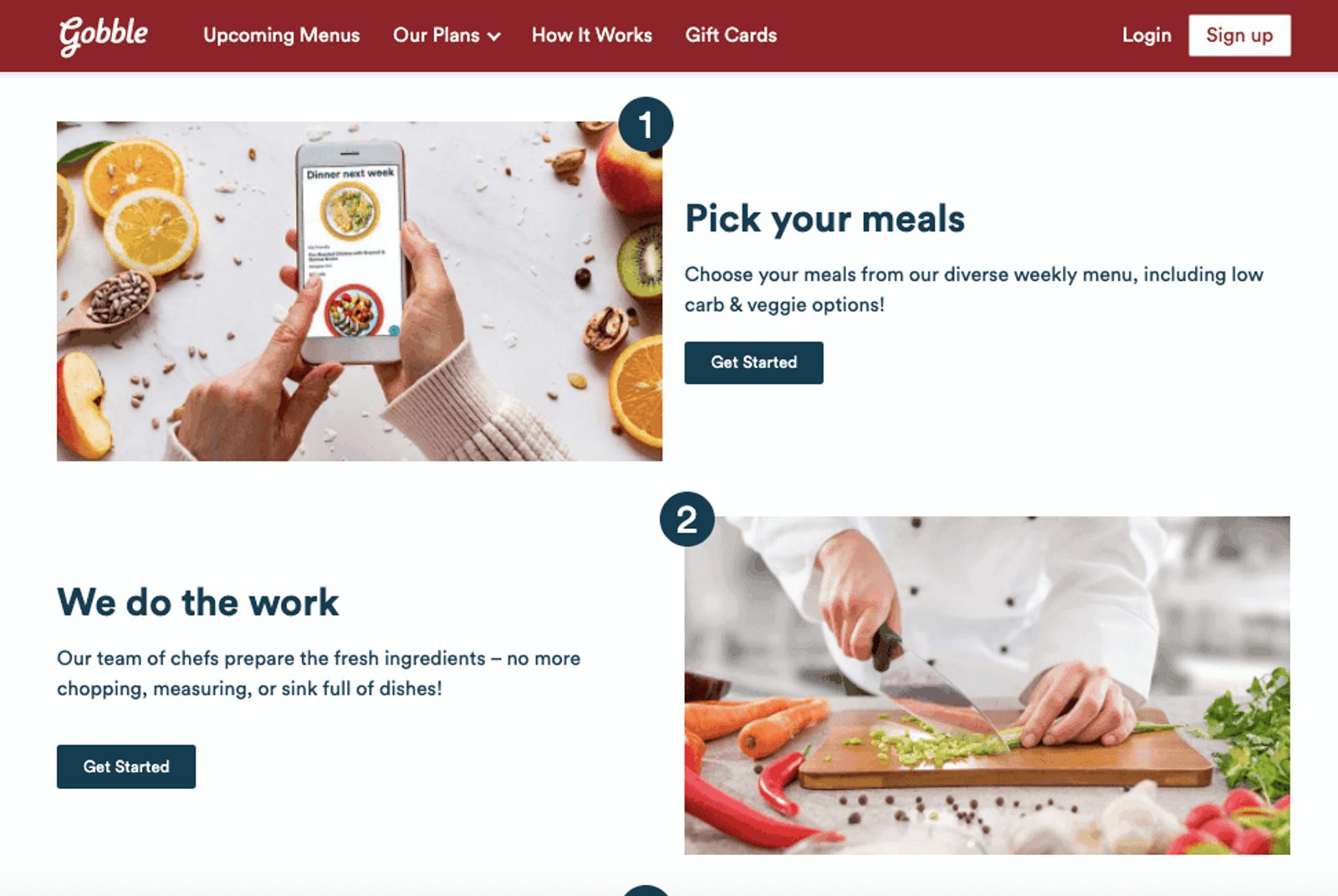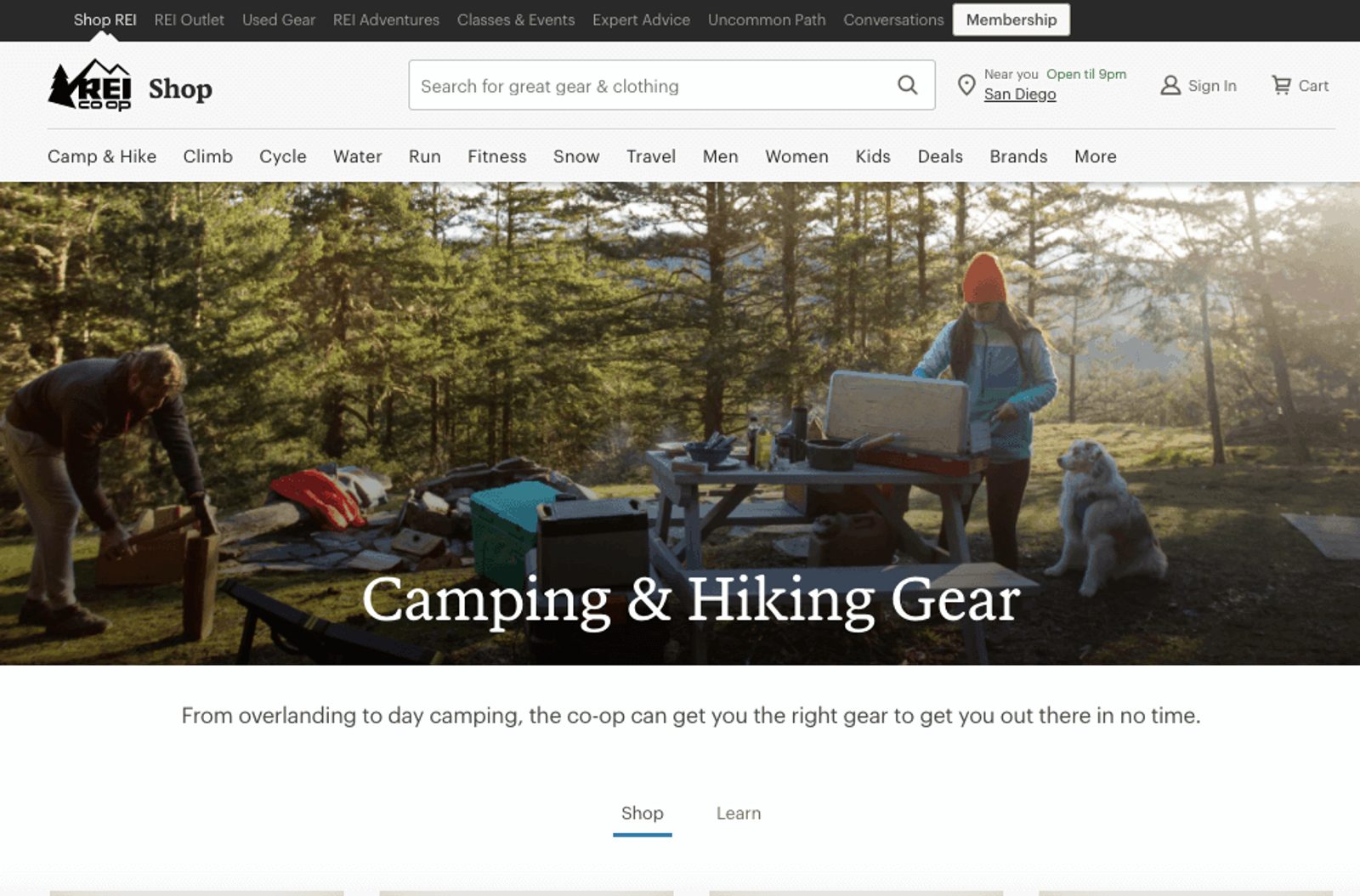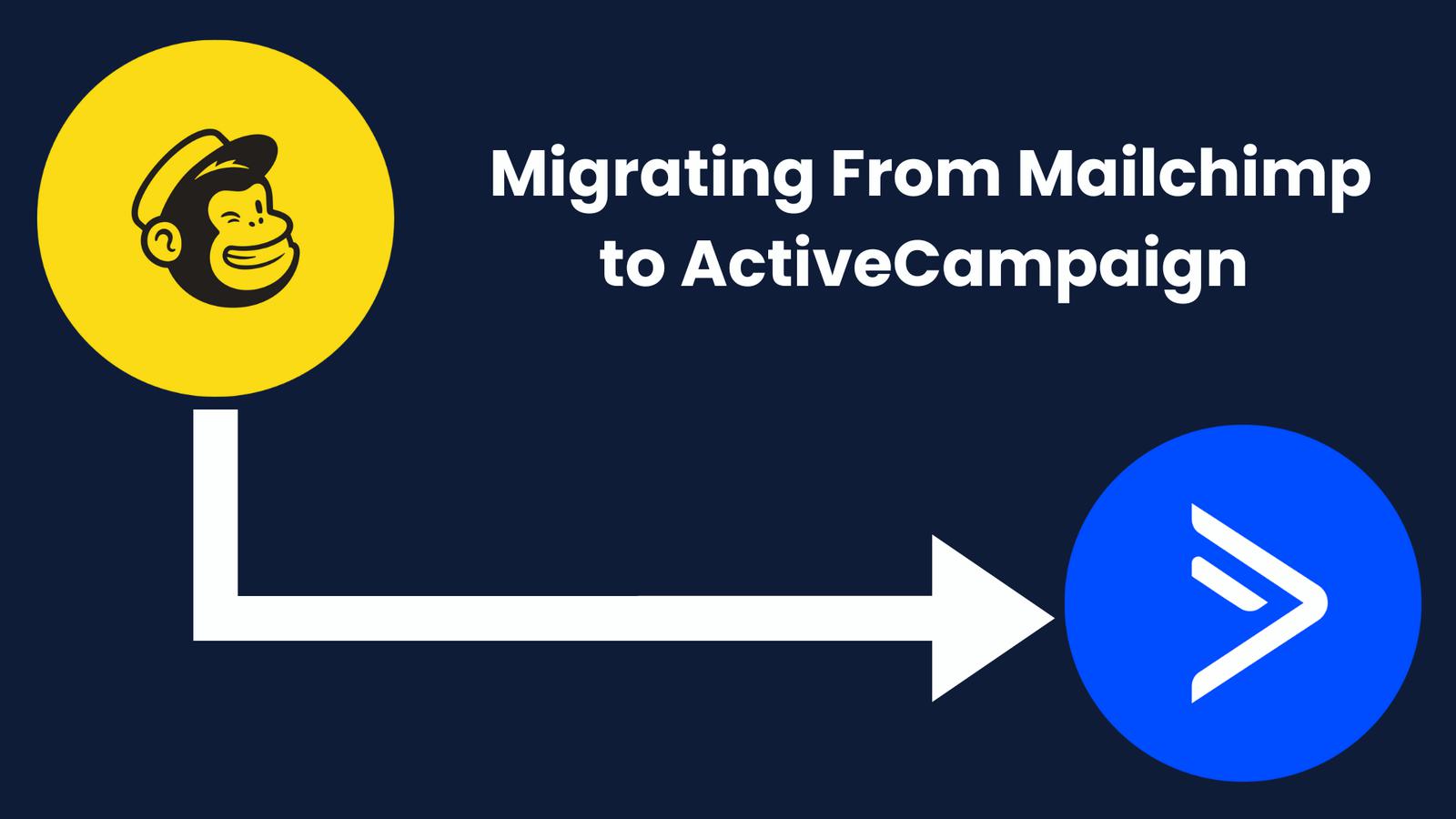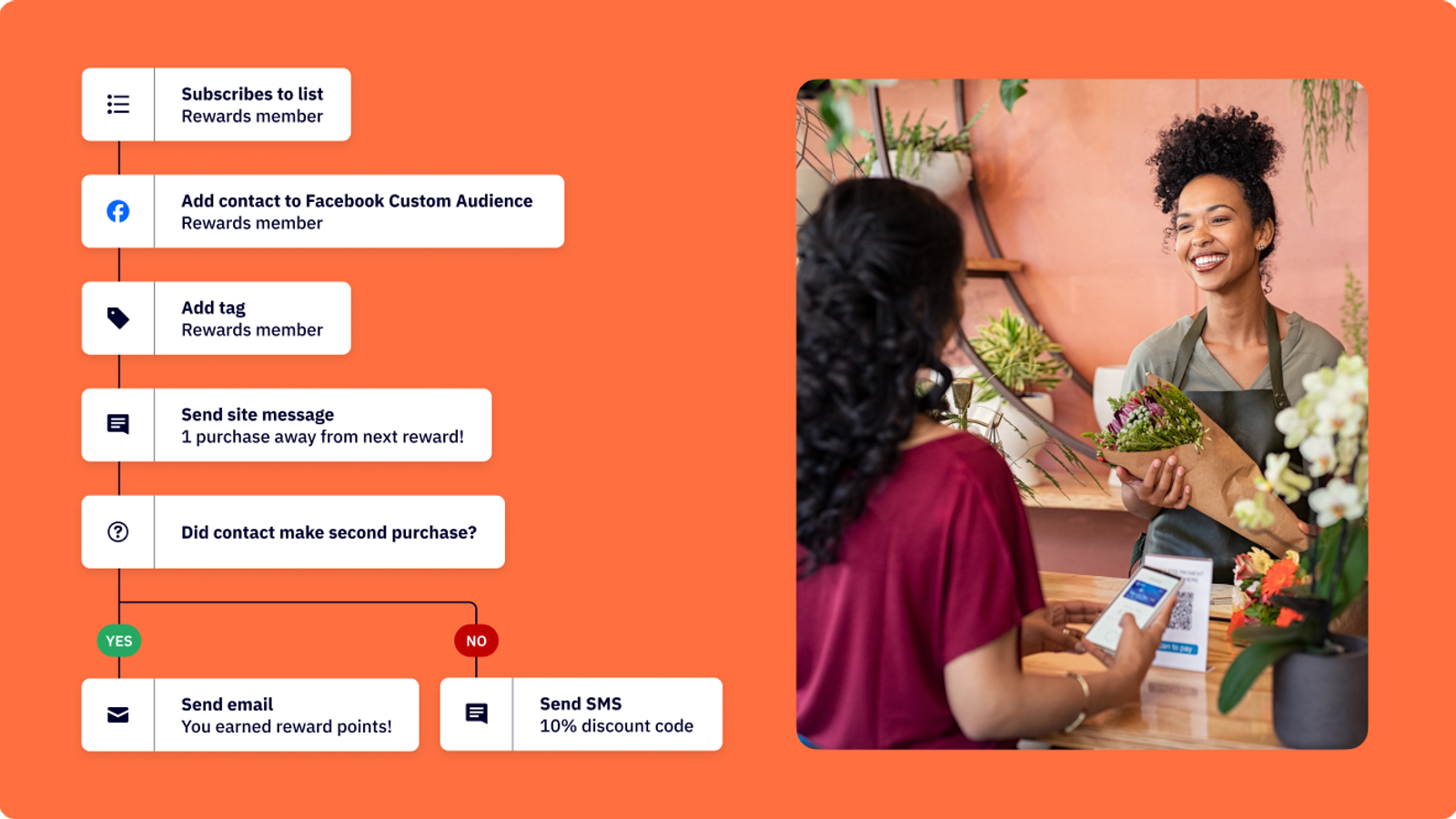For as long as people have been trading, there has been marketing and sales strategy. But as times change and customers wise up, the way to effectively sell a product or service is constantly evolving.
Today’s customers have access to tons of information but are often jaded by past buying experiences. Value-based selling has emerged as an effective way to build trust and achieve sales with modern customers.
The value-based selling framework is designed to provide value to the potential customer at every stage of the sales cycle, building trust and increasing buyer confidence and loyalty. In a longer sales cycle, value-based selling can help buyers make sense of endless information and see why they should choose your product or service over all others.
This article will cover what value-based selling is and how to use the value-based selling framework, as well as give real-world examples of successful value selling.
Table of contents:
What is value-based selling?
Value-based selling is a sales framework that prioritizes providing meaningful value to the prospective customer at every stage of the buying journey. It’s closely linked to the consultative approach because both strategies pose the sales rep or marketer as an advisor helping the customer make the best choice.
Building trust is a huge component of value-based selling. Each time you provide information, insight, or some other value, you build trust, a component that makes a massive difference in a sales conversation.
For smaller transactions or shorter sales cycles, value selling might occur over just one or two interactions. In this case, you provide value by understanding the problem customers seek to solve and present a solution.
For example, Bose sells noise-canceling headphones, but their message is all about the value you get out of them — the quiet and focus that allows you to work in a distracting environment.

According to Gartner, for longer sales cycles or larger commitments (like a SaaS contract), value-based selling methods help customers develop trust in you and the information they encounter, crucial factors in closing the deal.
The other key element of value-based selling is that the focus is always on what value you provide to the customer when talking about your product or service.
For instance, you may be the best in one feature or use case. In a more traditional sales pitch, you might discuss how your product is the best in this feature. But if you are value selling, you instead focus on product features that the buyer will use and benefit from.
For example, if you are selling desserts, it doesn’t matter how good your ice cream is if the customer is lactose-intolerant. You should focus on products that they can enjoy because that provides value to them.
Value-based selling vs. solution selling
At first glance, value selling might sound similar to solution selling, but they differ in significant ways. Solution selling focuses on the solution (your product or service). In this approach to sales, you are ultimately an advocate for your product.
On the other hand, value selling focuses on providing value to the customer throughout the process of finding their solution. In this framework, you become an advocate for the customer.

While solution selling does acknowledge that the customer is trying to solve a problem, it doesn’t build the same trust as value-based sales.
Why is value-based selling important?
Customers are jaded and suspicious of salespeople and advertising. The value-based sales approach builds much-needed trust and helps buyers overcome their doubts and fear of change.
It may feel like you are giving and giving without receiving, but your help will come back to benefit you. Along with building trust, value selling also taps into the psychological concept of reciprocity, which influences people to want to help someone who helped them.
Above all, however, value-based selling matters because it helps you close more business. IDC found that implementing value selling at a cloud-based software company improved new customer close rates by 70% and boosted upsell close rates.
The value-based selling framework
Because your focus is on the needs and wants of the customer, value-based selling may look different depending on who you’re selling to. The good news is that there is a general value-selling framework that you can apply to almost any situation.
Step 1 - Understand your customer’s problem
Value selling is all about centering the customer’s experience. This begins with a deep understanding of their needs and concerns. Therefore, your first step to effective value selling is researching what they want. Your research can include industry surveys and news coverage, but the most valuable insights will come from talking to real customers (and potential customers).
The details of your customer interviews will depend on your business, but here are a few sample questions to get you started.
- What is the most important problem for you to solve?
- What is this problem holding you back from accomplishing?
- How does this problem affect you personally?
To further develop your ability to provide value, use this research as a first step in creating buyer personas.
Step 2 - Identify your value and unique selling proposition
Once you understand what the customer wants and needs, your next step is to identify how your business can answer these wants and needs. What kinds of value does your solution offer the customer? For example, a dog-walking service saves the customer time and energy and provides peace of mind.
These are some of the most common types of value that businesses provide:
- Relief from a pain point
- Time saved
- Financial incentives (increased revenue, savings, etc.)
- End-user value (if you’re in the B2B space, this is the value your product enables them to pass on to their customers)
- Security value

When you’ve identified what specific value your company provides, you can turn it into a unique value proposition (UVP). Sometimes called a unique selling proposition (USP), this is simply a statement that tells customers why they should use your solution over others. How is the value you provide different and better than your competitors?
Step 3 - Offer value upfront
Now that you know your customer’s problem and the value your company offers, it’s time to start delivering value. This should begin before the customer makes a purchase decision.
What value can you offer before the customer buys your product? Information, insights, and other tools to help the customer understand and begin to solve their problems. This can take the form of blogs, videos, podcasts, calculation and diagnostic tools, and more.
If this strategy sounds familiar, that’s because it is the core of content marketing. Many businesses, especially software-as-a-service (SaaS) companies, offer gated content that educates and aids potential customers.
In exchange for their email address, the potential customer gets valuable content. With their contact information, you can use email marketing and marketing automation to move leads down the sales funnel.
Step 4 - Communicate the value of your product
Now that you’ve built some trust with the prospective customer by providing value before the sale, it’s time to begin selling your product or service based on its value. Since you’ve already identified your value (in step 2), your job now is to communicate that value in a way that resonates with the potential customer.
The goal here is to show the potential customer that you understand their needs and illustrate that your business can solve their problem and provide additional value.
For example, Gobble is a meal delivery service. Their target audience is busy families who want to share wholesome meals but struggle with time and cost. Their ‘How It Works’ page spells out exactly which time-consuming tasks Gobble’s service takes off the customer’s plate.

By this point, you are actively trying to make the sale and acquire the customer. Your content should feature clear calls to action that make it easy for people to make a purchase. In the case of Gobble, the ‘Get Started’ buttons are provided in a contrasting color to the page background.
Step 5 - Continue providing value after the sale
Even when the contact becomes a customer, it doesn’t mean you should stop providing value. By offering guidance, support, and other value, you will build further trust with the customer, leading to greater customer loyalty and increased lifetime customer value.
A few ways to provide value after the sale are:
- Product updates and user training
- Discounts and special promotions
- Helping customers connect with each other for shared learning and community
The principles of value-based selling
These basic steps to value-based selling will help you apply this strategy to your business. There are also several fundamental principles that you should remember at every stage of the process. You’re well-positioned to provide consistent value to potential customers with these ideas in mind.
- Research and listen. Let customers tell you what they care about and what they want. Seek out feedback and listen carefully when you get it.
- Be a consultant, not a salesperson. When you prioritize the customer’s needs and help them navigate their problems, you build a relationship without pressuring them to make a buying decision.
- Always be relevant. Focus on the customer’s concerns, not your talking points. You should always be ready to answer, “why does this matter?”
Focus On Value-Based Selling
Value-based selling examples
Let’s walk through a few examples to show how the value-based approach applies in different industries. In each use case, the company delivers value or effectively communicates the value they provide.
REI
REI, a retailer for outdoor activities like camping and hiking, doesn’t only use its website to pitch products. Right next to the Shop tab is the Learn tab, where customers can get tips and other information to help them enjoy the outdoors.

REI educates customers about different camping supplies to help them decide what they need and what they should buy.

Calm
Calm is an app for meditation, relaxation, focus, and more. Before asking the user to make a purchase or even download the app, Calm asks the user what they hope to gain from the app. They directly ask what the user values and wants to achieve.

Your Income Space
Your Income Space’s mission is to teach people how to build wealth by creating profitable income streams using the resources they already have. From the first moment on their website, Your Income Space communicates the value they provide: income streams and greater financial control and freedom in your life.

Their business uses ActiveCampaign to tag email contacts based on their behavior, which allows them to send the educational content that’s most relevant to each contact’s interests. This type of marketing and email automation is a powerful way to continuously provide the kind of value prospects want.
These companies use interactions with customers to better understand their needs and provide valuable information.
The value of value-based selling
Today’s customers know they’re being marketed to. They want you to cut to the chase and provide them value from the very first interaction.
Whatever your industry, value selling demonstrates that you understand your customer’s experience and helps build the trust that ultimately leads to the sale.
The value-based selling approach can be especially powerful when combined with marketing automation to deliver relevant content. If you want to implement value selling across your emails and other digital channels, start your free trial with ActiveCampaign.








